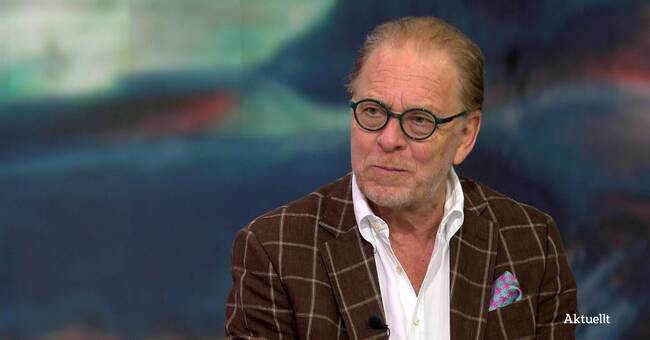He describes it as a battle between science and the villains, a battle that the villains are currently winning.
Counterfeiting art is profitable, Moser claims.
And for those who are exposed, no harsh punishment awaits.
Although the industry's efforts to ensure authenticity have increased control, it is still too easy to get away with.
"Fraudulent conduct"
- Then you can ask yourself the question if this is fake.
You do not claim to be a natural person who has created this, he says and refers to the fact that some of the fake works of art associate with other famous works.
At the same time, it is not possible to assume that this is a fraud, he thinks.
- There is an intention to deceive the buying public, some kind of fraudulent behavior.
I think this is a short-term story - you will close this.
But there will always be opportunities for manipulative individuals.
Excluded buyers
The fact that art buyers are often expected to make an assessment of the authenticity of a work of art also facilitates fraud.
Moser compares with trading in other markets, for example the housing market where buyers and sellers turn to brokers.
A similar relationship between experts and customers does not exist in the art market, which Moser finds strange.
- You have to get help.
Hire appraisers and ask.

